Venturing into the wilderness brings countless opportunities to connect with nature, and one of the most fascinating ways to understand the secret lives of animals is by learning to read their tracks. Animal tracking is both an ancient skill and modern science that allows us to detect the presence of creatures that might otherwise remain hidden from view. Whether you’re hiking through a forest, exploring your backyard, or walking along a beach, the ability to identify animal tracks can transform an ordinary outing into an exciting detective story. This comprehensive guide will equip beginners with the knowledge and techniques needed to start identifying the signatures animals leave behind as they move through their environments.
Understanding the Basics of Animal Tracks
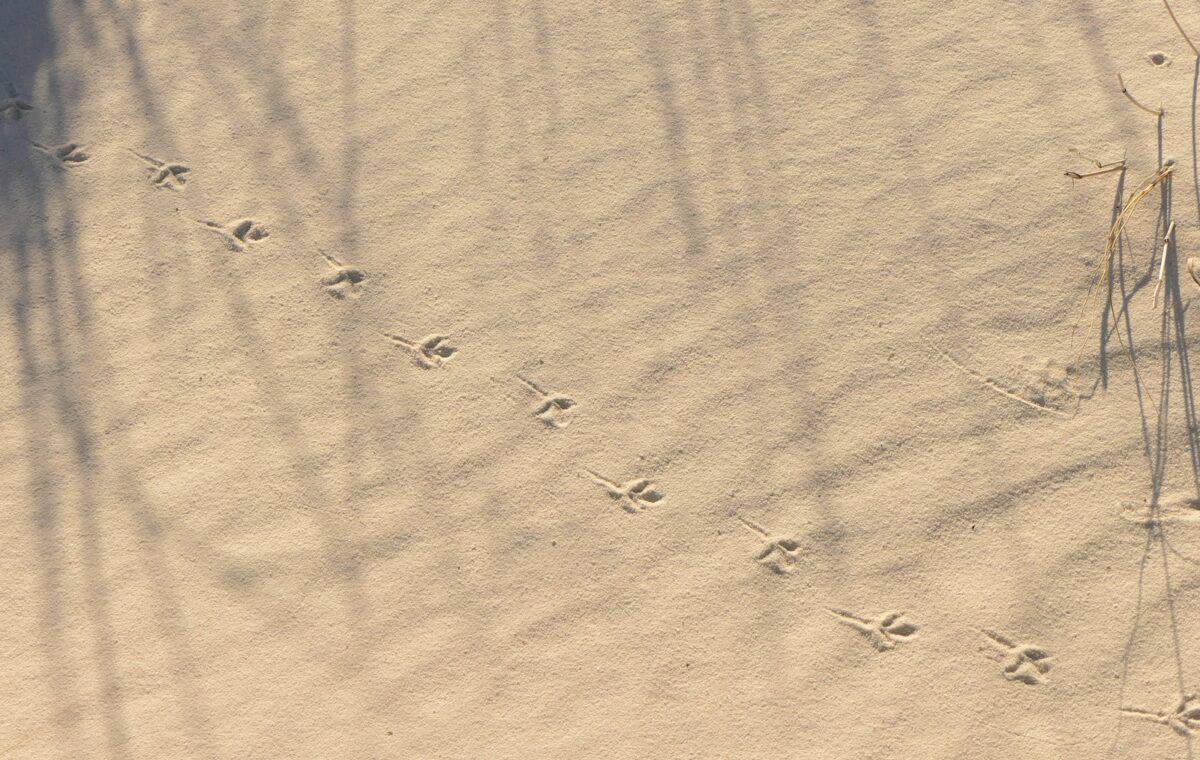
Animal tracks, also called footprints or spoor, are impressions left by animals as they move across a surface. These imprints can reveal a wealth of information about the animal that made them, including its species, size, direction of travel, behavior, and sometimes even its health condition. Tracking involves more than just looking at footprints; it includes recognizing patterns of movement, stride length, weight distribution, and other subtle clues. The science of tracking has been refined by indigenous cultures for thousands of years and remains an essential skill for wildlife biologists, hunters, and nature enthusiasts. For beginners, learning to identify tracks starts with understanding the basic components of an animal’s footprint and how different animal groups create distinctive patterns.
Essential Tools for Track Identification
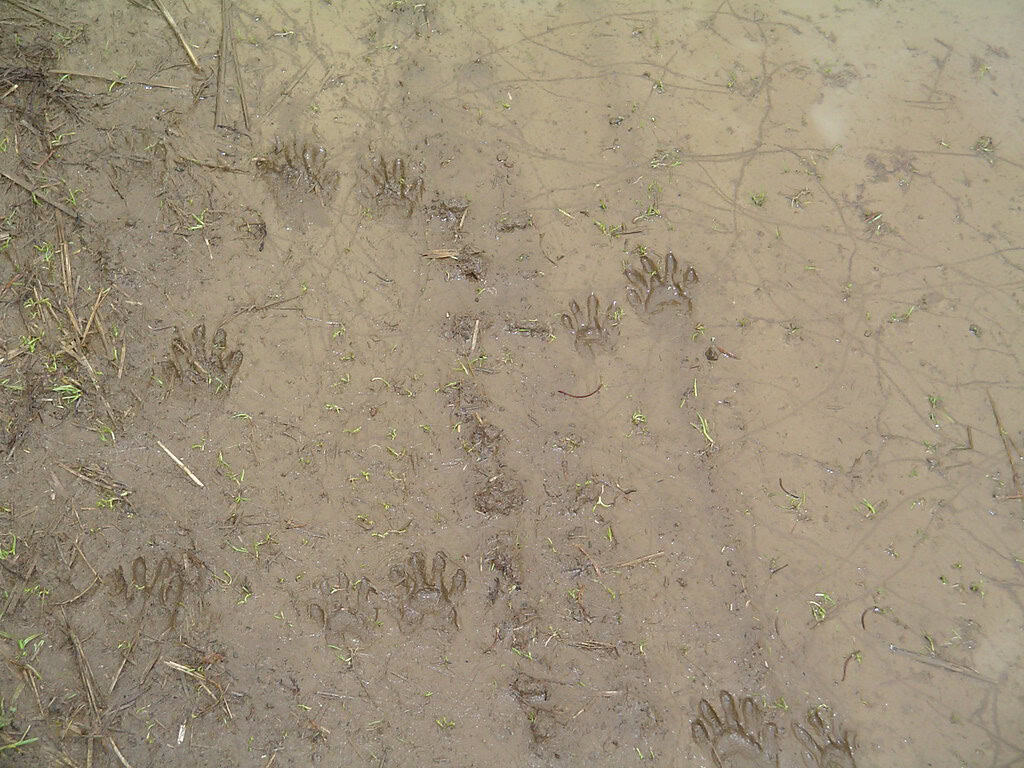
Before heading out to look for animal tracks, it’s helpful to gather a few simple tools that will enhance your tracking experience. A field guide specific to your region is invaluable, as it will provide illustrations and information about local wildlife. A small ruler or measuring tape will help you determine the size of tracks, which is often crucial for accurate identification. A camera or smartphone can document findings for later reference or to seek help from more experienced trackers. Some enthusiasts carry a small notebook to record observations, including the date, location, and environmental conditions. For more detailed study, you might consider track casting materials like plaster of Paris, which allows you to create a permanent copy of interesting tracks. Finally, a small magnifying glass can reveal subtle details that might otherwise be missed by the naked eye.
Where and When to Find Animal Tracks
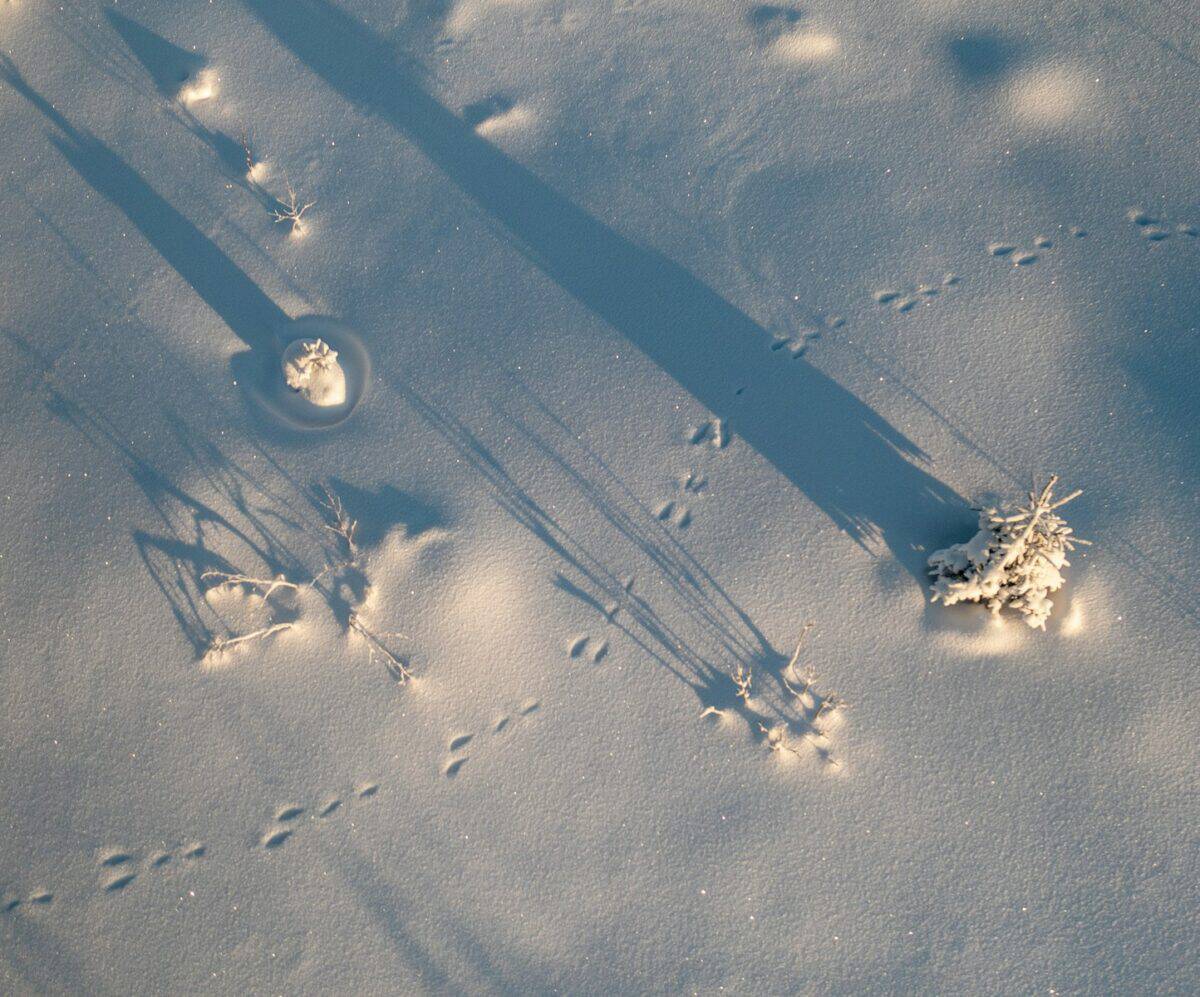
The best conditions for finding animal tracks are in soft substrates like mud, wet sand, snow, or fine dust. Areas where animals are likely to travel, feed, or drink are particularly productive hunting grounds for tracks. Look along game trails, near water sources, around fallen trees, and at the edges between different habitats, such as where a forest meets a meadow. Early morning is often the ideal time for tracking, as many animals are active at dawn and their fresh tracks haven’t yet been disturbed by human activity or weather conditions. After a light rain or snowfall provides perfect tracking conditions, as the moist or fresh surface creates clear impressions. Seasonal awareness is also important—spring mud can reveal tracks of animals emerging from winter dormancy, while winter snow can capture the movements of animals that remain active year-round.
Canine Tracks: Dogs, Wolves, Coyotes, and Foxes
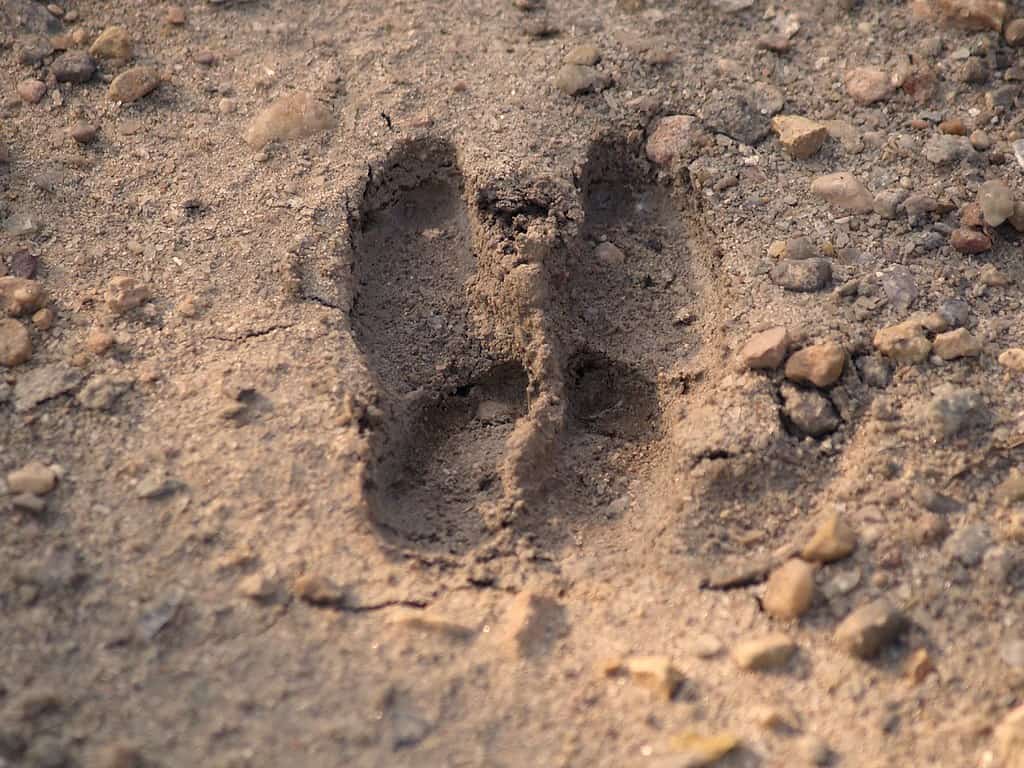
Canine tracks are characterized by their oval shape and the presence of four toe pads and a triangular heel pad, with claw marks usually visible. Dog tracks tend to be rounder than those of wild canids and often show more splayed toes due to domestication. Wolf tracks are larger (typically 4-5 inches long) and more oval-shaped than domestic dog tracks, with the front two toes close together and pointing forward. Coyote prints are similar to wolf prints but smaller (about 2.5-3.5 inches long) and more compact. Fox tracks are the smallest of the canids (about 2-3 inches long) and often appear in a nearly straight line, as foxes tend to place their hind feet in the impressions left by their front feet—a movement pattern called “direct register.” When examining canine tracks, look at the negative space between the toe pads and heel pad; coyotes and wolves typically show an “X” pattern that is less defined in domestic dogs.
Feline Tracks: Cats, Bobcats, Mountain Lions
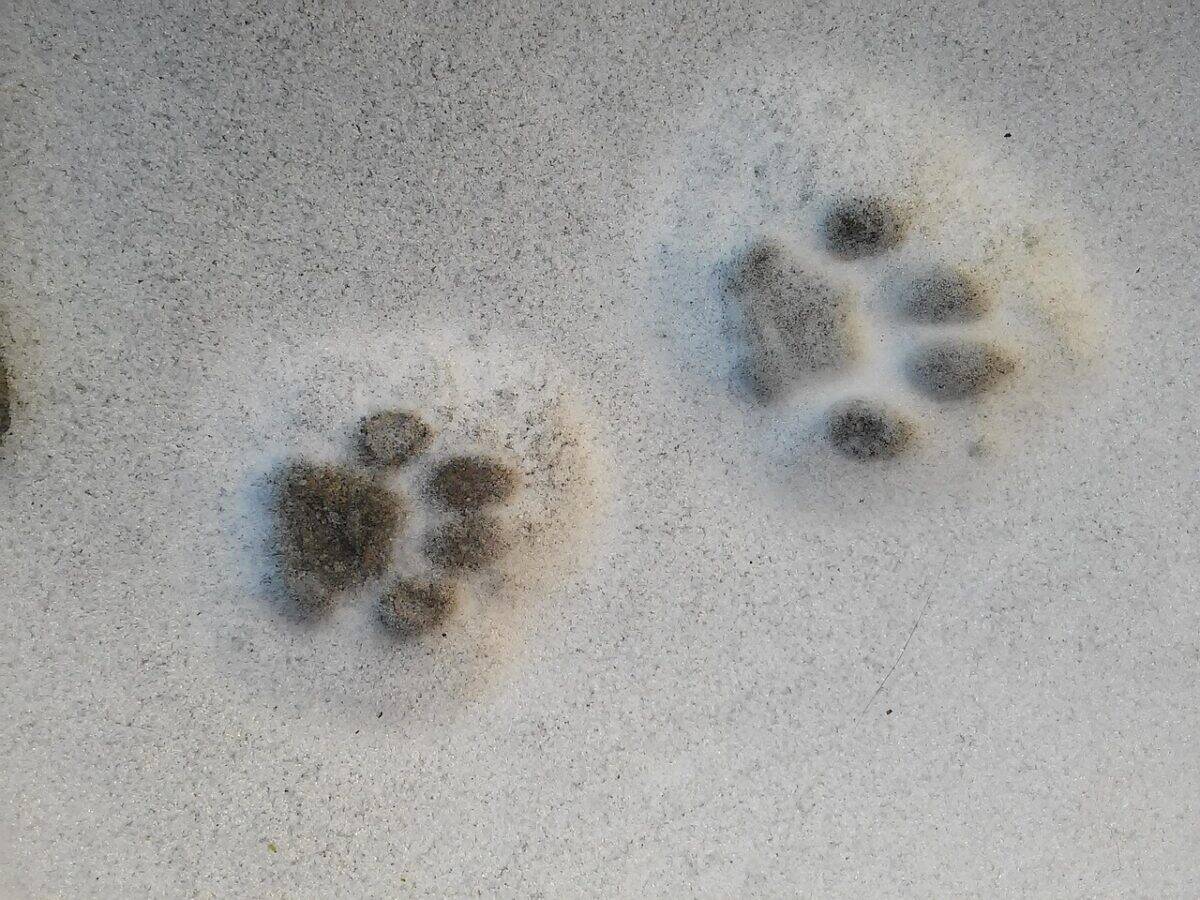
Feline tracks are distinguished from canine tracks by their more rounded overall shape and the absence of visible claw marks (except in unusual circumstances, as cats generally keep their retractable claws sheathed while walking). The heel pad of felines has a distinctive three-lobed rear edge that resembles an “M” shape, compared to the single lobe of canine heel pads. Domestic cat tracks are small, typically 1-1.5 inches in diameter, with four toe pads arranged in a slight arc. Bobcat tracks are larger (about 1.5-2.5 inches) with a more asymmetrical arrangement of toe pads. Mountain lion (cougar) tracks are significantly larger (3-5 inches) but maintain the characteristic feline shape. Felines also tend to place their hind feet directly in the impressions of their front feet when walking, creating a nearly straight line of travel that differs from the more side-to-side pattern of canines.
Hoofed Animal Tracks: Deer, Elk, Moose
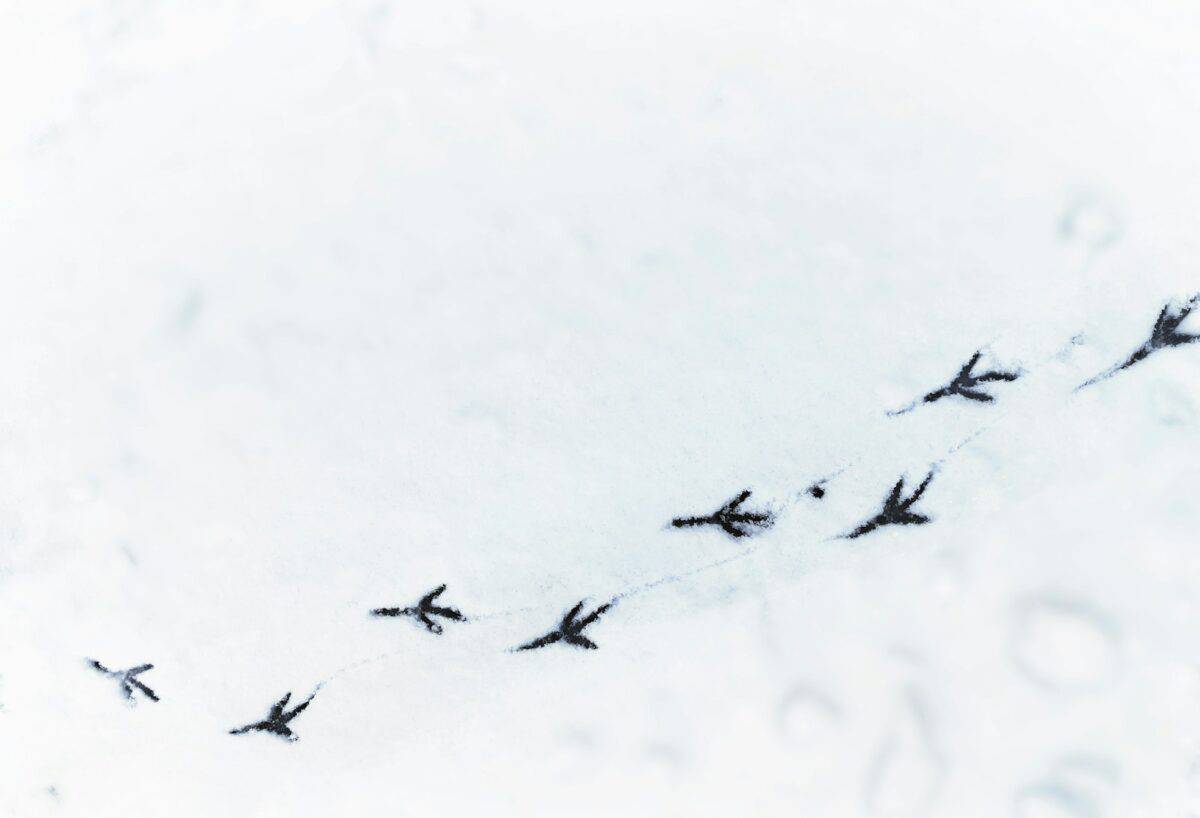
Hoofed animals, or ungulates, leave some of the most recognizable tracks in North American forests. Deer tracks are characterized by a heart-shaped print with two distinct halves (called cleaves) that come to a point at the front, typically measuring 2-3 inches in length. Elk tracks are similar in shape but larger, usually 4-5 inches long, with more rounded tips. Moose tracks are the largest of the three, measuring 5-7 inches in length, with more splayed cleaves that create a distinctive pattern, especially in mud or snow. When tracking hoofed animals, pay attention to the stride length and pattern—deer typically exhibit a bounding gait when alarmed, leaving groups of four prints with the larger hind feet landing ahead of the front feet impressions. In soft substrate like deep snow or mud, look for “dew claw” marks, which appear as small points behind the main hoof print when the animal sinks deeper into the ground.
Rodent and Small Mammal Tracks
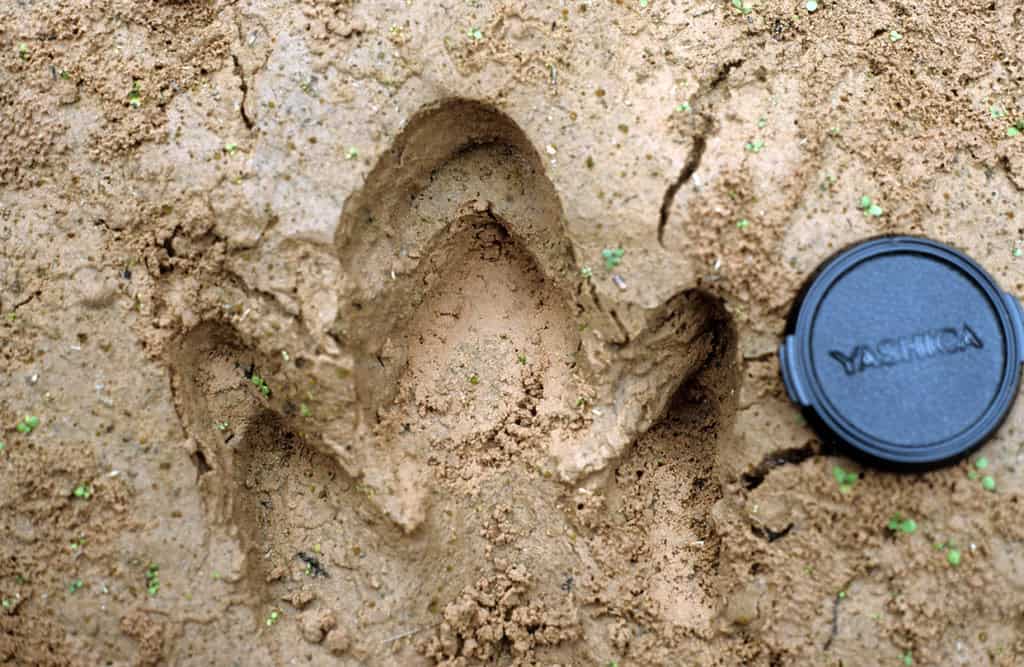
Small mammal tracks present a different challenge due to their size but can be equally rewarding to identify. Rodents like mice, voles, and rats typically show a pattern of four small toe prints in front and five in the rear, often with tail drag marks visible between sets of prints. Squirrel tracks are characterized by a bounding pattern with the larger hind feet landing in front of the smaller front feet, creating a distinctive grouping of four prints. Rabbits and hares leave a similar pattern but with much larger hind feet impressions compared to their front feet. Raccoon tracks are distinctive with five long, finger-like toes that resemble a small human handprint, typically 2-3 inches in length. Opossum tracks are similar but show an opposable thumb on the hind foot that points outward, creating an unusual star-shaped appearance. Beaver tracks show the impression of five toes and webbing between them, along with a broad heel on the hind foot.
Bird Tracks and Their Distinctive Patterns
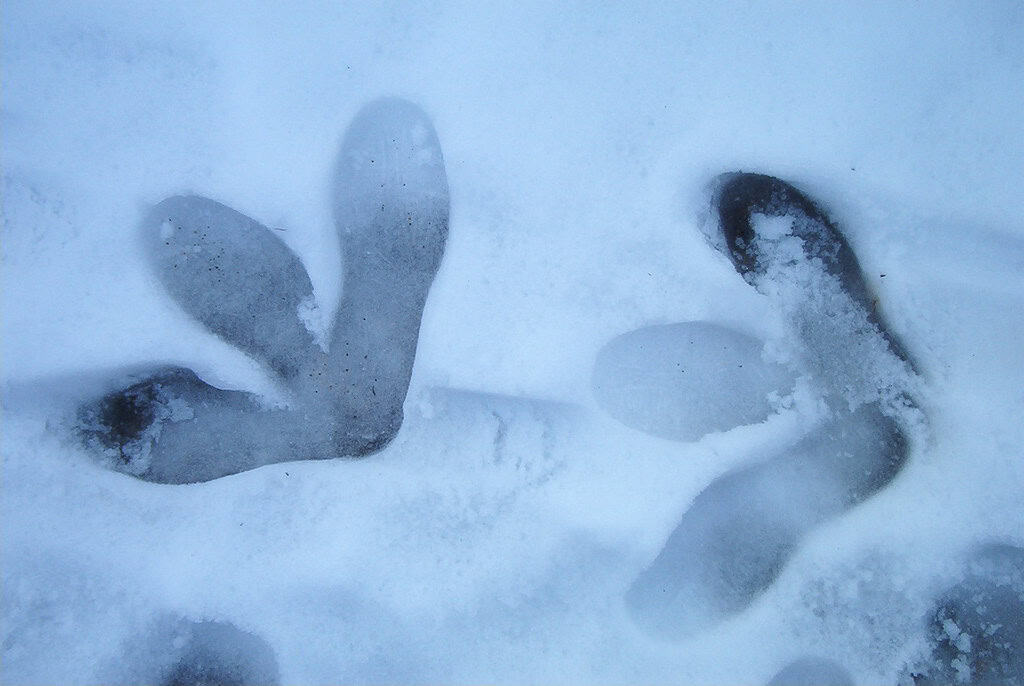
Bird tracks vary widely depending on the species but generally consist of three forward-pointing toes and, in many cases, one backward-pointing toe (the hallux). Game birds like turkeys, pheasants, and grouse leave distinctive tracks with three forward toes spreading widely and, often, a visible hallux. Water birds such as herons and egrets leave tracks with long, slender toes and evident webbing in some species. Crow and raven tracks show a walking pattern with alternating feet, while smaller songbirds often hop, leaving paired impressions. Raptor tracks are characterized by their size and the impression left by powerful talons. When identifying bird tracks, look at the size, arrangement of toes, and the pattern of movement—wading birds tend to leave straight-line tracks as they stalk through shallow water, while ground-feeding birds may leave more scattered patterns as they forage. The presence of wing drag marks in sand or snow can indicate a bird taking off or landing.
Reptile and Amphibian Sign
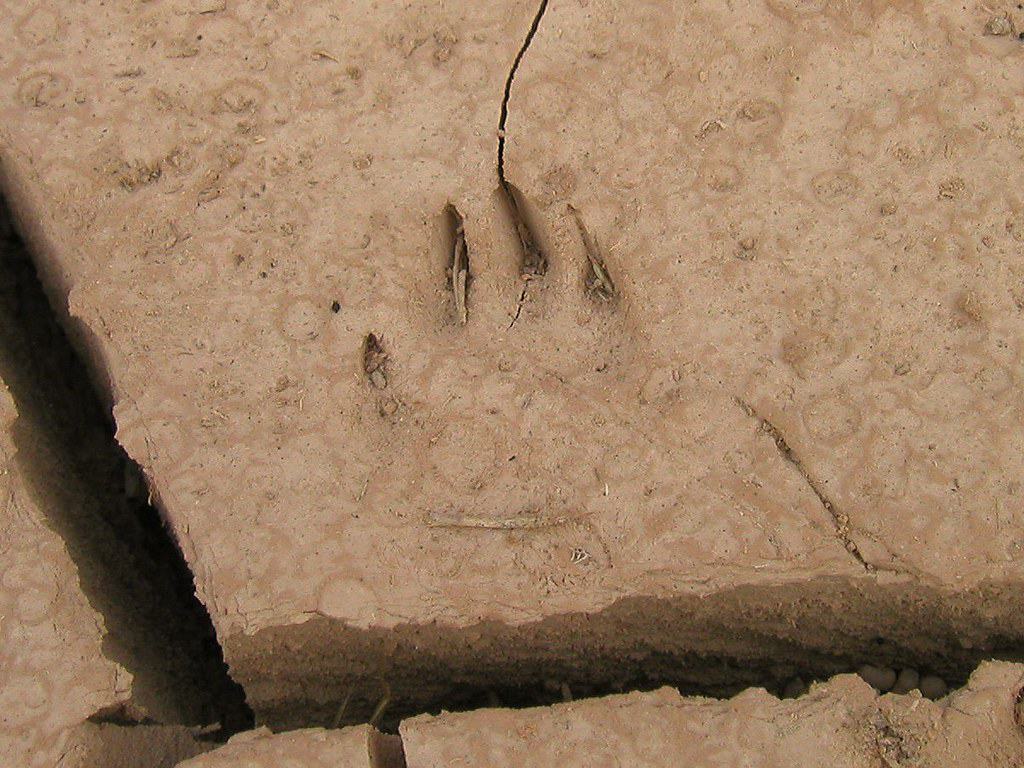
Reptiles and amphibians leave distinctly different tracks from mammals and birds. Snake tracks appear as continuous, wavy lines in sand or soft soil, with the pattern varying according to the species and method of locomotion—sidewinding rattlesnakes create a distinctive J-shaped pattern, while other species leave more S-shaped trails. Turtle tracks typically show the drag mark of the shell between claw marks from the feet, with marine turtles leaving broad, symmetrical trails on beaches during nesting season. Lizard tracks show four feet with five toes each and often include a continuous tail drag. Amphibians like frogs and salamanders leave delicate impressions that can be difficult to spot; frog tracks typically show a distinctive jumping pattern with webbed hind feet, while salamanders leave small, symmetrical footprints with four toes on front feet and five on rear feet. The most reliable places to find reptile and amphibian tracks are near water sources, on sandy banks, or on muddy trails during their active seasons.
Reading the Story: Gait Patterns and Behaviors

Beyond identifying the animal species, tracks can reveal fascinating information about an animal’s behavior and condition. The pattern of tracks, known as the animal’s gait, can indicate whether it was walking calmly, running from a predator, stalking prey, or bounding through deep snow. Walking patterns typically show evenly spaced tracks, while running creates a more elongated pattern with greater distances between sets of prints. Some animals, like weasels and otters, move in a distinctive loping pattern that leaves paired prints. Track patterns can also reveal feeding behavior, such as the scattered marks left by a turkey scratching in leaf litter or the circular pattern of a fox pouncing on prey beneath the snow. Signs of injury or illness might be evident in asymmetrical tracks, dragging feet, or unusual weight distribution. With practice, trackers can determine the direction of travel, approximate time since the animal passed, and even whether it was carrying something in its mouth based on the depth and spacing of prints.
Beyond Footprints: Other Animal Signs
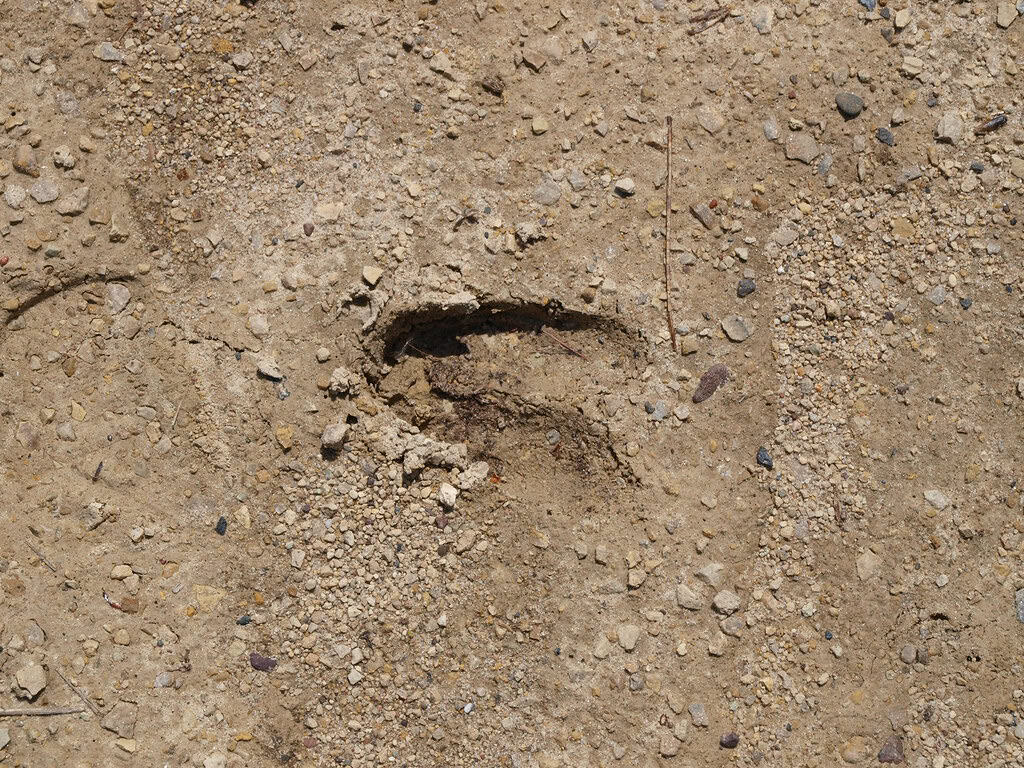
While footprints are the most obvious sign of animal presence, skilled trackers also look for other evidence. Scat (animal droppings) provides valuable information about diet, health, and even the size of the animal. Fur or feathers caught on branches, bark, or fences can indicate feeding sites or travel routes. Scratch marks on trees might reveal the presence of bears marking territory or cats sharpening claws. Feeding sign includes chewed nuts, stripped bark, or partially consumed prey. Bedding areas show where animals rest, often visible as flattened vegetation or disturbed ground. Dust baths used by birds and small mammals appear as shallow depressions in dry soil. Burrows, dens, and nests indicate dwelling places. Even smells can be useful indicators—the musky scent of fox urine or skunk spray is unmistakable. By combining track identification with the ability to recognize these additional signs, beginners can develop a more complete picture of the animals sharing their environment.
Common Tracking Mistakes and How to Avoid Them
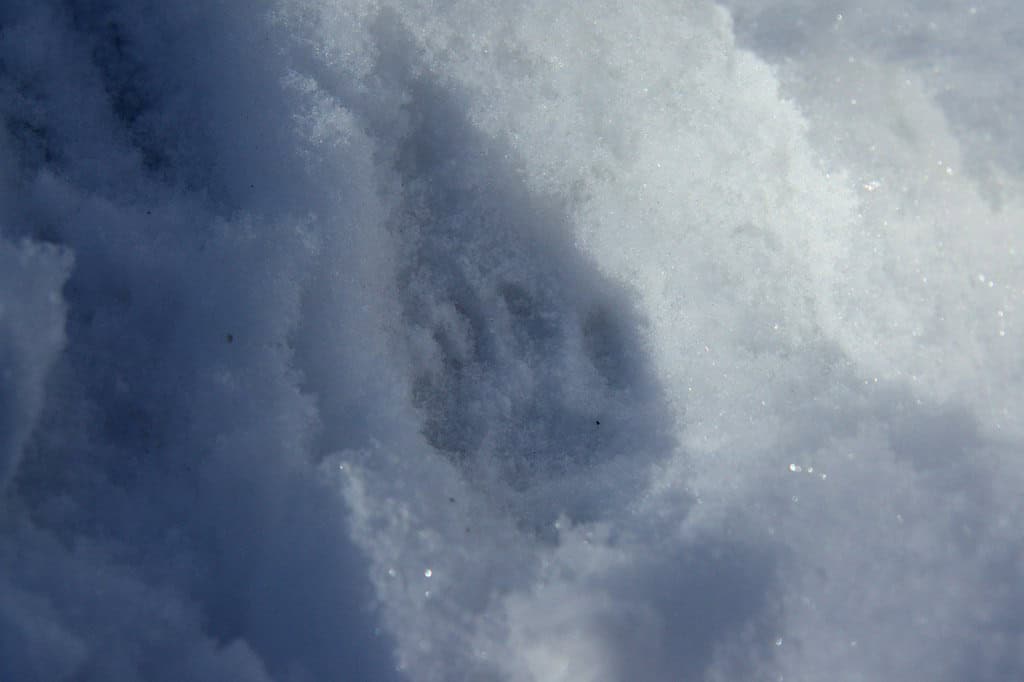
Even experienced trackers make mistakes, but beginners can improve their accuracy by being aware of common pitfalls. One frequent error is misidentifying track size due to substrate conditions—tracks in mud often appear larger than the same animal’s prints in firm soil due to spreading. Weather effects can also cause confusion; melting snow can enlarge tracks, while wind can distort sand impressions. Another common mistake is confusing domestic dog tracks with wild canid prints; look carefully at the overall shape, toe arrangement, and travel pattern for clues. Many beginners struggle to differentiate between similar species, such as bobcat versus domestic cat or coyote versus fox; in these cases, measuring the tracks and looking for multiple examples can help confirm identification. It’s also easy to misinterpret animal behavior based on incomplete track evidence; avoid making assumptions about what an animal was doing without sufficient sign. Finally, don’t forget that some animals deliberately follow the tracks of others to conserve energy in deep snow or to hunt prey, which can create confusing overlapping patterns.
Developing Your Tracking Skills Through Practice
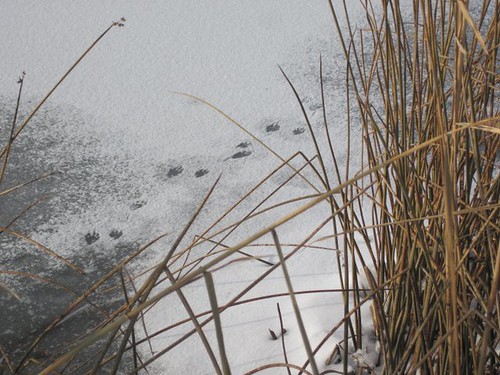
Like any naturalist skill, track identification improves dramatically with regular practice. Begin by focusing on the most common animals in your area and gradually expand your knowledge to more species. Create a tracking journal to record your observations, including sketches, measurements, and photographs. Consider joining a local naturalist group or taking a tracking workshop with experienced guides who can help refine your techniques. Many conservation organizations and nature centers offer tracking programs for beginners. Challenge yourself to track in different conditions and habitats—snow tracking differs significantly from identifying prints in mud or sand. Practice tracking backward, following an animal’s trail in the opposite direction of travel, which often reveals different insights. Set up a tracking box near your home by smoothing an area of sand or soil and checking it regularly for visitors. Finally, remember that indigenous cultures have developed tracking knowledge over thousands of years; learning about traditional tracking methods from native sources can provide valuable perspectives and techniques that complement scientific approaches.
Conclusion: The Rewards of Learning to Read Nature’s Signs

Learning to identify animal tracks opens a window into the hidden world of wildlife that surrounds us, even in seemingly quiet forests or urban parks. This ancient skill connects us to our hunting and gathering ancestors while providing modern insights into ecology and animal behavior. As you develop your tracking abilities, you’ll likely find yourself more attuned to subtle details in the natural world—not just tracks, but the intricate web of relationships between animals, plants, and their environments. Perhaps most importantly, tracking fosters a deeper appreciation for wildlife conservation by making abstract concepts of biodiversity tangible through direct evidence of animal presence. Whether you pursue tracking as a casual hobby or develop it into a serious study, the rewards of reading nature’s signs will continue to enrich your outdoor experiences for years to come.
- The Forgotten Lake Where Flamingos Nest in the U.S. - August 23, 2025
- Coral Reefs of the Florida Keys: What’s Left and What’s Next - August 23, 2025
- Beginner’s Guide to Identifying Animal Tracks - August 23, 2025

